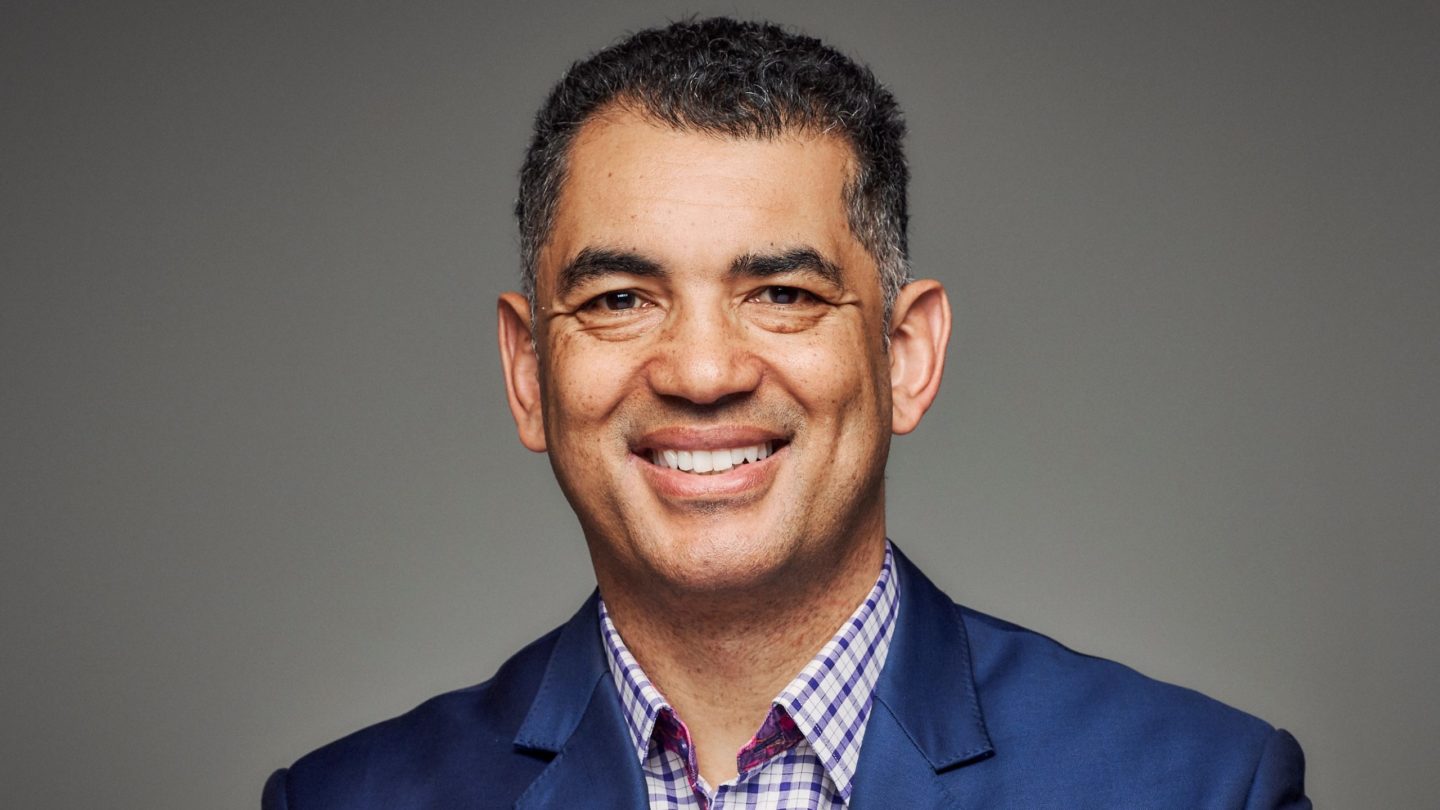I am showing my age – and possibly my over-fascination with our industry – when I can honestly say that one my favourite adverts comes from the 1990s’ Allied Dunbar series of TV ads ‘For the life you don’t yet know’. It featured a family around the breakfast table with the father lecturing his teenage daughter having accidentally found a positive pregnancy test … which turns out to be the mother’s. It runs to the Irving Berlin chorus, ‘There may be trouble ahead.’
I have always liked the ad – not just because it is clever and funny with a good tune but also because it positions the provider as a source of reassurance as well as product in a risky and unpredictable world. But what price reassurance?
The question of what the portfolio investor is paying the adviser or their wealth manager for has been debated for decades. There was a time when some may have answered, ‘Investment ideas not available to the public’ – but the internet has put pay to most of that.
So, in a more transparent world of globally diversified, risk-matched portfolios, what is the client paying the investment adviser for? This question becomes more pointed when so many clients are in drawdown and perhaps receiving a long-term average return of around 1.5% after inflation at the lowest medium risk level (4/10 in Dynamic Planner) – and when asset management, platform and adviser fees on top can easily absorb this level of return.
Last year in its consultation paper, Pension transfer advice: contingent charging and other proposed changes, the Financial Conduct Authority (FCA) wrote: “Ongoing advice charges create a conflict of interest, as an adviser may have a strong monetary incentive to recommend one course of action over another …
“Our view is that many consumers would not benefit from ongoing advice as their circumstances are unlikely to change significantly from year to year.” Once the delayed Assessing Suitability II review is published next year, if the regulator returns to this topic it is almost certain there will be trouble ahead.
According to the FCA’s 2019 review of the adviser market, 70% of investment adviser income now comes from ongoing charges and 87% of this is facilitated through the product – in other words, it is taken out of the investment with a consequent impact on net returns. The regulator is clearly shining a spotlight on the practice.
In Australia, in the wake of the country’s Royal Commission on the subject, ongoing charges were banned unless the client explicitly opts into the investment adviser’s service for another year. What would the impact be here if the FCA were to take a similar course?
Absence of value
Cost is always an issue in the absence of value. There is clearly value in the creation of an initial financial plan and portfolio – coaching and challenging a client to explain what is really important to them, what their resources and priorities are and then constructing a plan and portfolio to achieve these things at a level of risk that is right for them.
But what of the ongoing charge? Can client plans be operated on a ‘set and forget’ basis or is there a need and client value in an ongoing assessment of its suitability?
The answer, of course is ‘it depends’. For clients with simpler circumstances that are unlikely to change, a simple annuity or risk-matched portfolio that is only reviewed when the client feels they need more advice may well make sense.
For clients, however, whose circumstances and portfolios are more complex, an ongoing service to ensure that the portfolio remains suitable for their circumstances and is making progress against their goals provides significant risk management and reassurance.
Ongoing suitability under MiFID II needs to look at four aspects of any solution against the client’s situation and objectives, namely:
* Risk taken
* Performance for risk taken
* Appropriateness of product features
* Value for money
While the third and fourth aspects may not change quickly, the first two certainly can. Excluding those that are risk target managed or risk managed decumulation, around 10% of the 1,600 multi asset funds or portfolios we certify each quarter change risk profile. Funds such as Woodford Equity Income demonstrated very publicly how important it is to monitor suitability continuously.
‘Am I on track?’
What clients really want to know of course is, ‘am I on track?’ Whether that is to achieve the sort of returns discussed at outset in their plan or whether it is to be able to continue to drawdown a level of income each year. Whether progress is being made as anticipated is a function of the performance delivered – however, this is rarely a straight line and may, for example, have been negatively impacted during the pandemic.
If, though, the portfolio remains of the same risk profile and is performing broadly in line with the risk benchmark, then reassuring the client they should stay the course remains the sensible thing to do in expectation of gaining the returns targeted in the plan over the longer term.
Reviewing the risk and performance of the portfolio on a regular basis against the client’s risk profile, situation and plan is central to the value and reassurance provided by investment advisers – particularly in a complex and uncertain world. Without that active review, there could indeed be trouble ahead both for the clients who need it as well as for investment advisers whose business models depend on doing it well.
Ben Goss is CEO of Dynamic Planner







